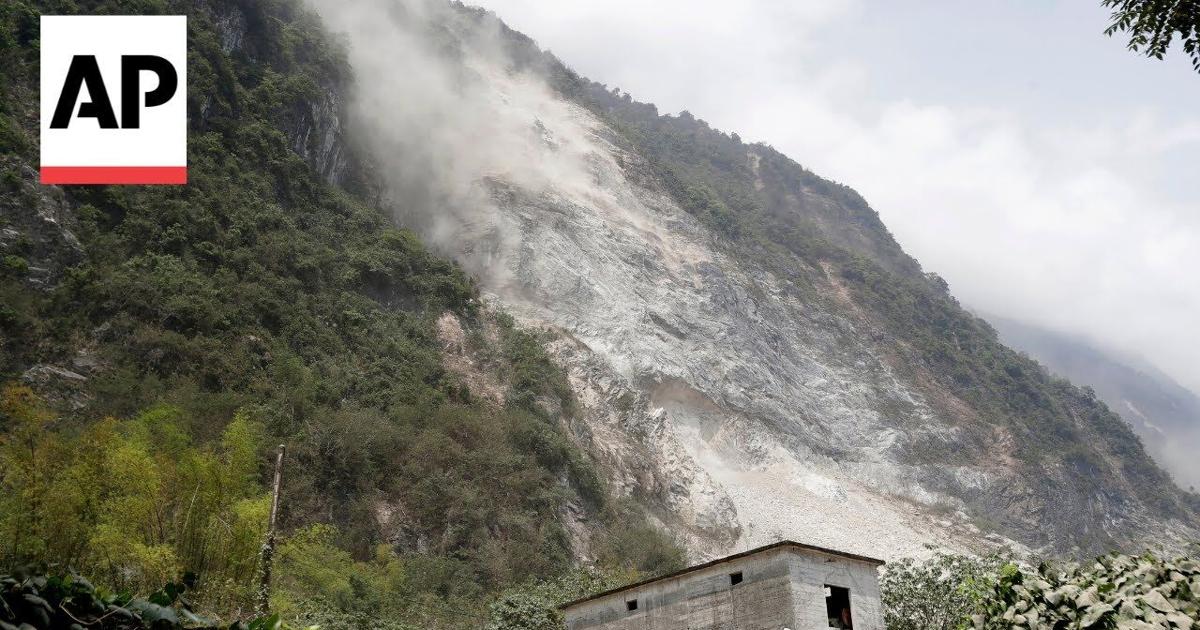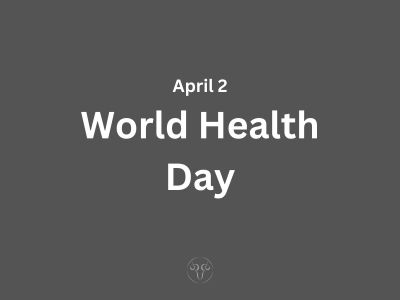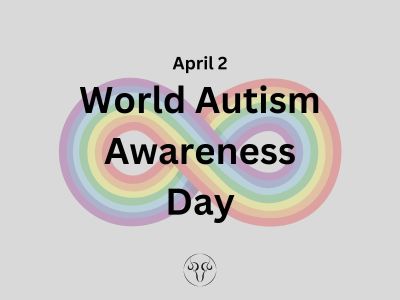Taiwan - Hualien City Earthquake

Hualien, Taiwan — On Wednesday, Taiwan experienced its most powerful earthquake in 25 years, a 7.4 magnitude tremor that shook the entire island. While the earthquake caused damage and casualties, it also spotlighted Taiwan's preparedness and the lessons learned from previous disasters, notably the devastating 1999 Chi Chi earthquake.
A Remarkable Tale of Preparedness
Wu, a hotel owner in Taiwan’s Hualien County, was preparing breakfast for his guests when the earthquake hit. Despite the violent shaking and roaring mountains, his house suffered minimal damage, thanks to Taiwan's comprehensive push to make the island more quake-resistant.
“Our government conducted a comprehensive review of building codes after the 1999 earthquake, and all buildings going up must use new technologies that make them more resilient to earthquakes,” Wu said.
Low Casualty Rate and Quick Recovery
While the earthquake's power was equivalent to 32 atomic bombs dropped on Hiroshima, Taiwan’s stricter building codes and disaster awareness programs have significantly reduced casualties and damage. As of Thursday, 10 people had been killed, over 1,000 injured, and two dozen remained missing.
Hualien, a city just 11 miles from the epicenter, looked strikingly calm the day after the tremor. Stores, restaurants, and trains have resumed normal operations. Emergency workers have started repairing damaged buildings, and the city has largely emerged unscathed.
Lessons from Past Disasters
Taiwan's recent push for earthquake preparedness stems from the hard lessons learned from the devastating 1999 Chi Chi earthquake, which caused more than 2,400 deaths. Following that disaster, Taiwan implemented massive upgrades, including strengthening disaster management laws, improving rescue and relief coordination, and enforcing stricter building codes for earthquake resistance.
“They’ve issued massive fines and penalties for construction firms found to have in any way cut corners on their construction. And there has been a really serious investment in all the new buildings,” said Daniel Aldrich, a professor of political science and public policy at Northeastern University.
Public Awareness and Education
The relatively low death toll in Hualien has been attributed to advanced preparation and public awareness. “Here in Hualien, we grew up with earthquakes,” said the mayor of Hualien, Wei Chia-yen. “Our teachers and relatives always taught us how to react when earthquakes strike.”
Taiwan conducts regular disaster drills, with mock alert messages sent to mobile phones and schools staging evacuation exercises. The government actively tracks social media and surveillance cameras to assess damage and coordinate aid distribution.
A Global Perspective
Taiwan’s earthquake preparedness stands in stark contrast to earthquakes in other parts of the world. Just over a year ago, earthquakes of similar magnitudes in Turkey and Syria caused the deaths of more than 50,000 people. Taiwan's ability to minimize casualties and damage highlights the effectiveness of its earthquake preparedness measures.
While Taiwan was shaken by its most powerful earthquake in 25 years, the island has shown remarkable resilience and preparedness. Through strict building codes, public awareness campaigns, and rapid disaster response, Taiwan has managed to mitigate the impact of the earthquake and provide a blueprint for other earthquake-prone regions around the world.
As the mayor of Hualien, Wei Chia-yen, aptly puts it, “When disasters happen, particularly when big earthquakes strike, the world's media is drawn like flies to the most dramatic destruction. But it often portrays a distorted picture of what has happened. Drive through the city and if you didn't know a big quake had struck days ago, you wouldn't guess it.”
Taiwan’s earthquake response serves as a testament to the power of preparedness, education, and community resilience in the face of natural disasters.









